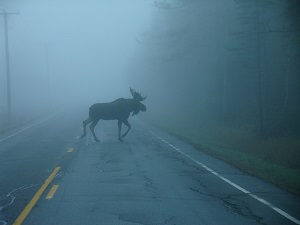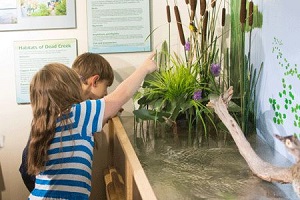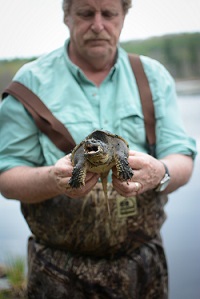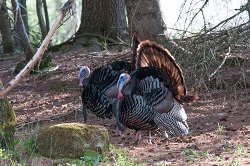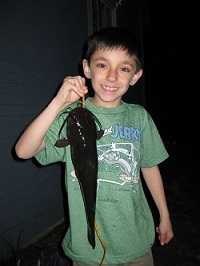Antlerless Deer Proposal, Hearings May 8 and 10

The Vermont Fish & Wildlife Board voted on the Fish & Wildlife Department’s 2018 antlerless deer hunting proposal on April 25. Public hearings will be held May 8 in Rutland and May 10 in South Burlington to recap the results of the 2017 deer seasons and review the antlerless proposal. The December muzzleloader season would have 27,000 antlerless permits, which would result in about 3,914 antlerless deer being taken. The hearings are scheduled for 6:30 to 9:00 p.m. as follows: Tuesday, May 8 – Rutland High School, 22 Stratton Rd., Rutland, VT 05701 Thursday, May 10 – South Burlington High School , 550 Dorset St., South Burlington, VT 05403 Previous hearings reviewing the 2017 deer hunting seasons were held in Montpelier, Windsor and Orleans. “We are recommending an antlerless deer harvest this year that is very similar to what was recommended in 2017,” said Nick Fortin, deer project leader for the Fish & Wildlife Department...


